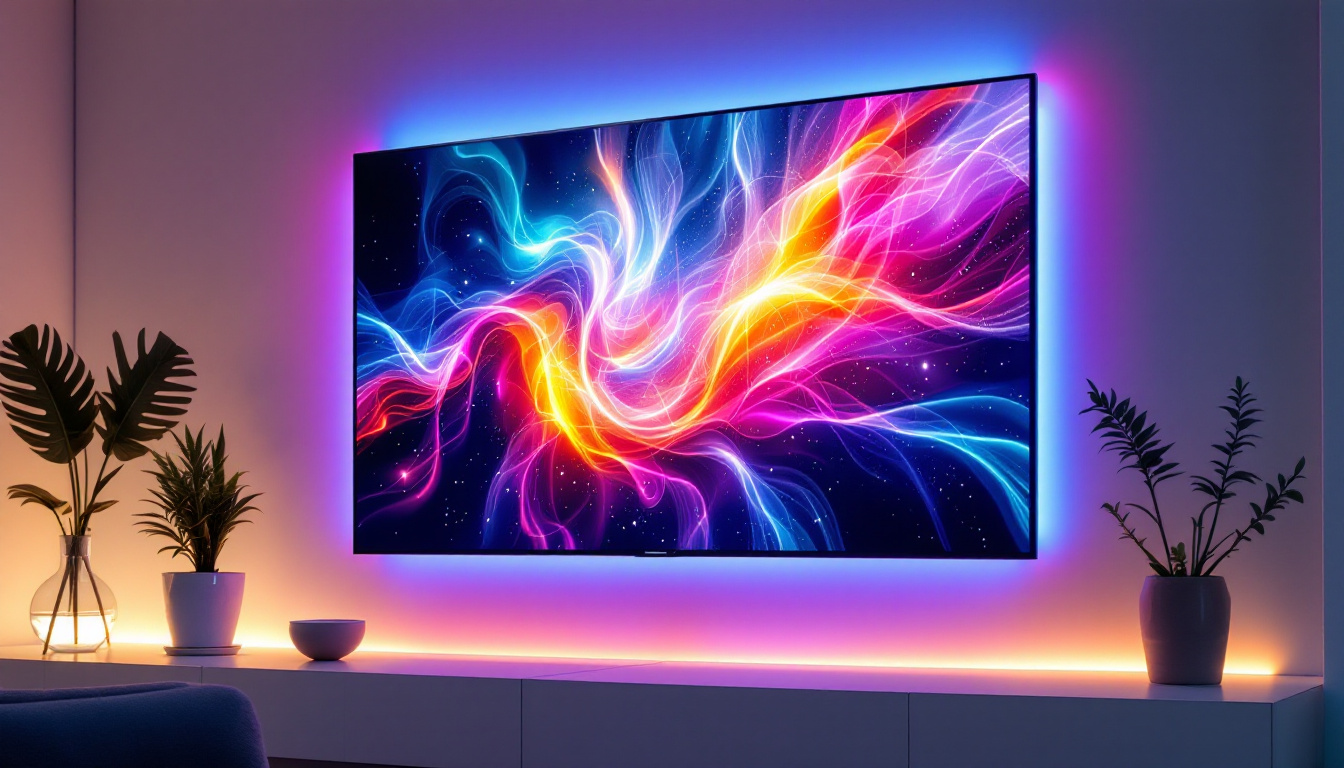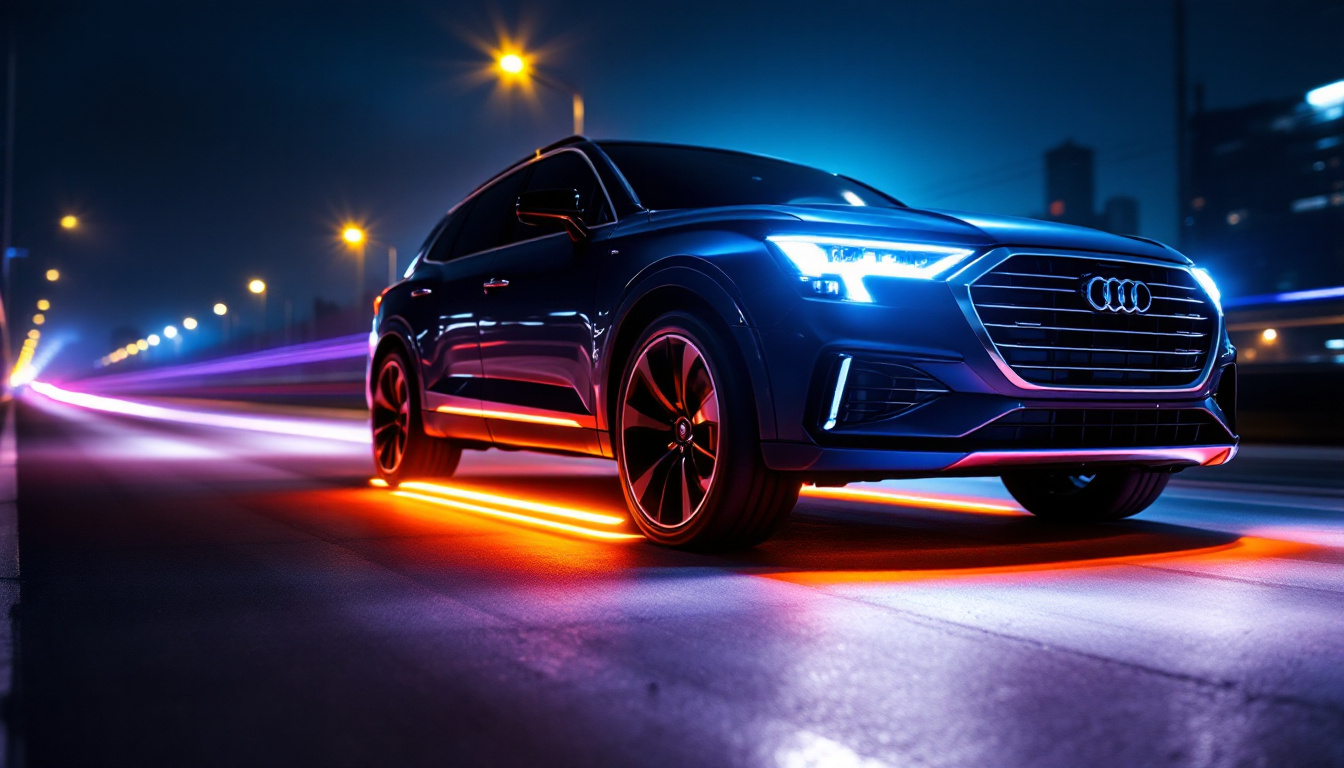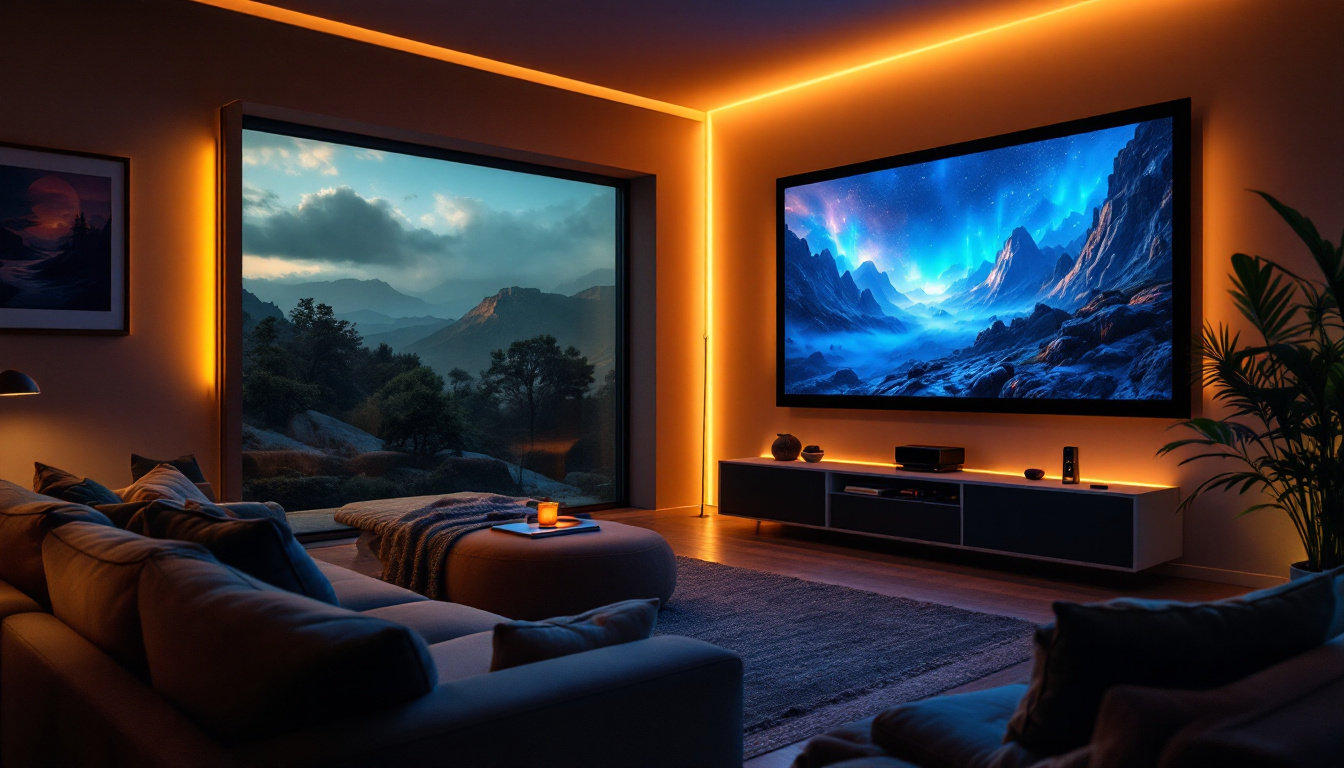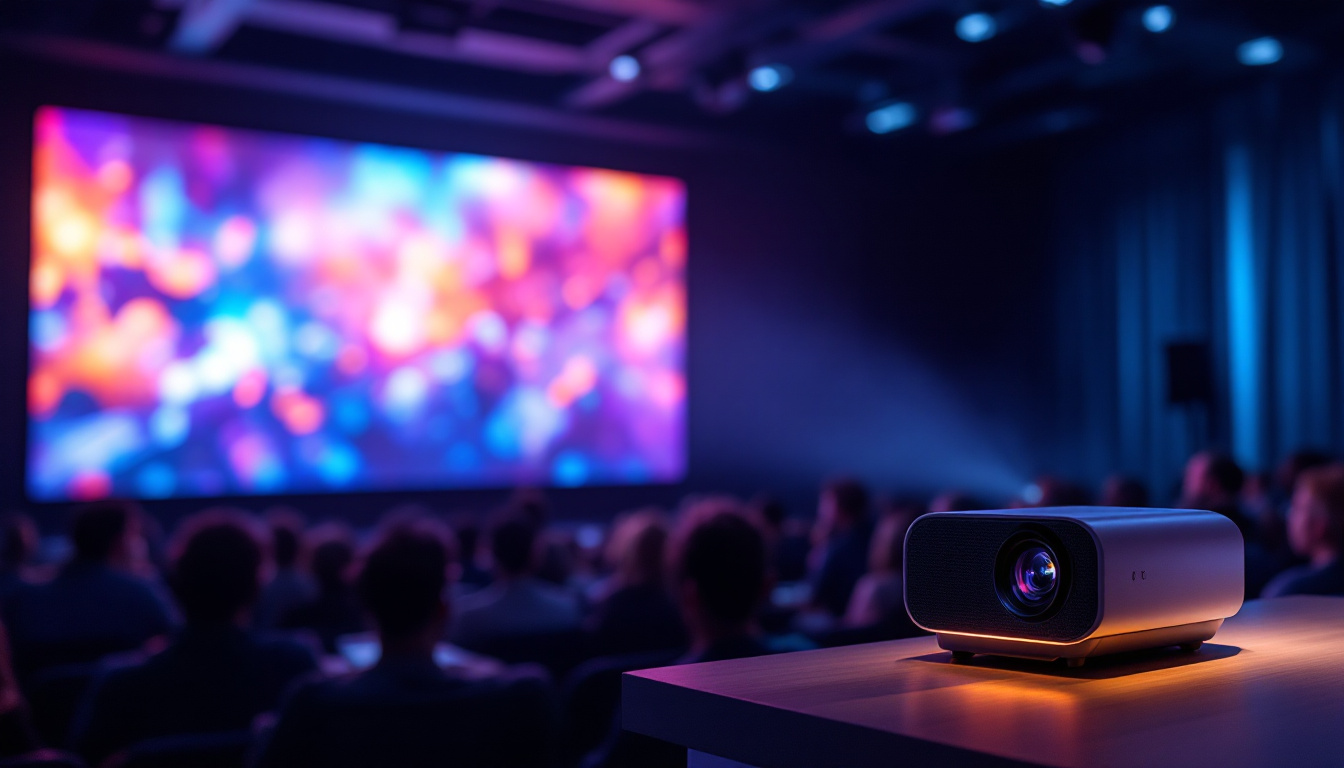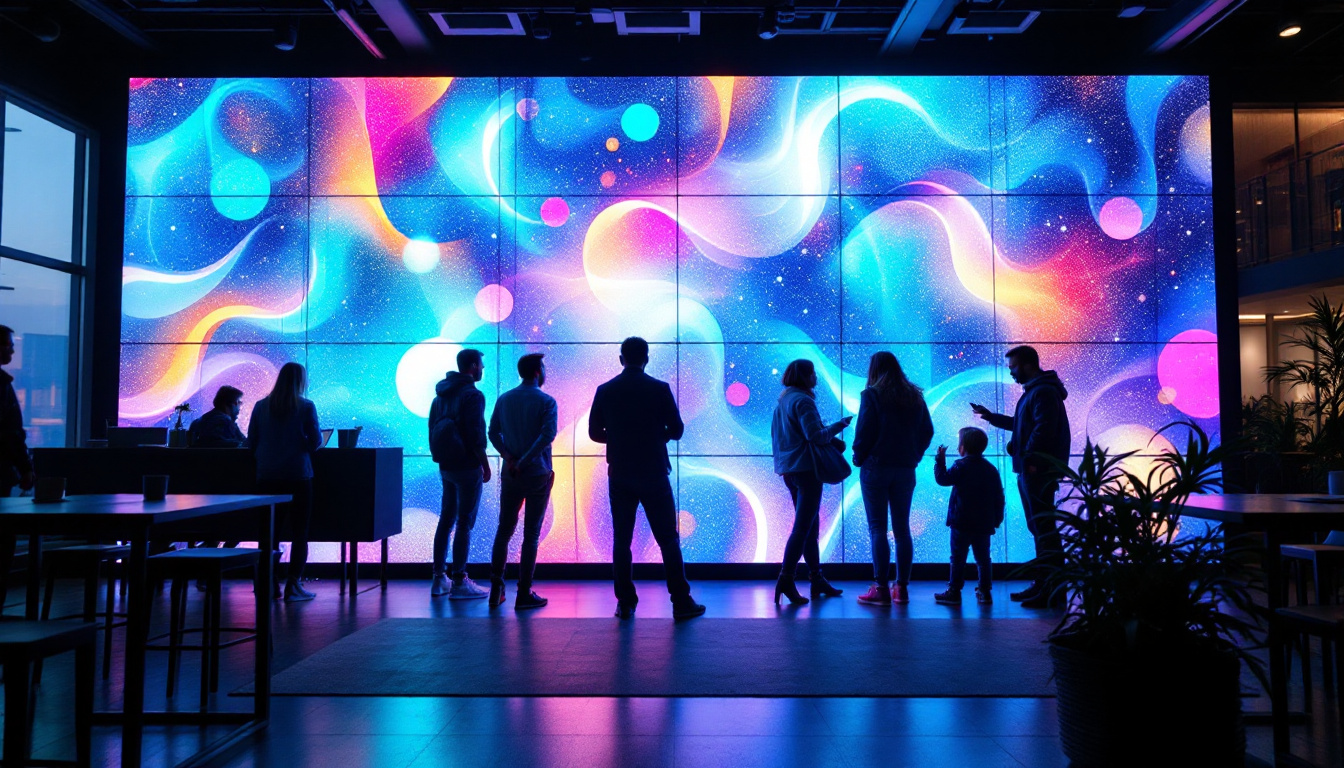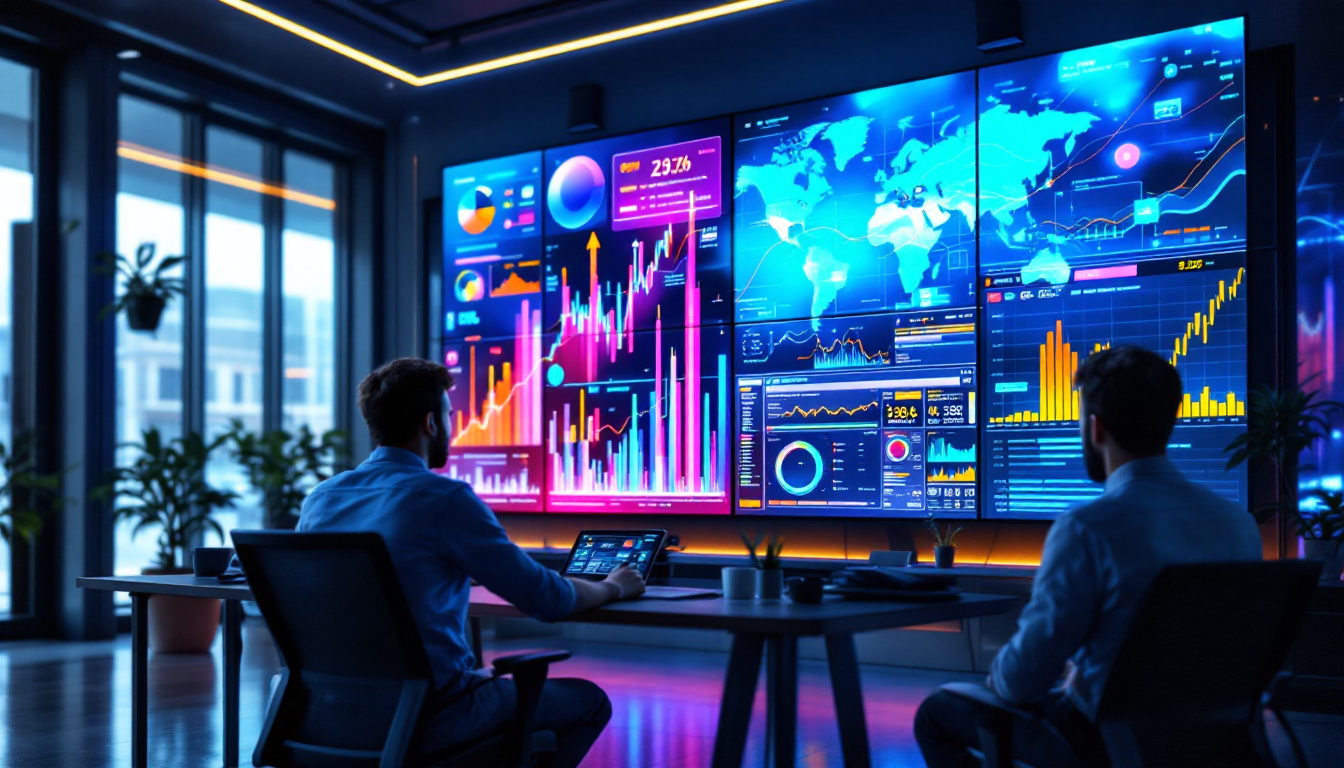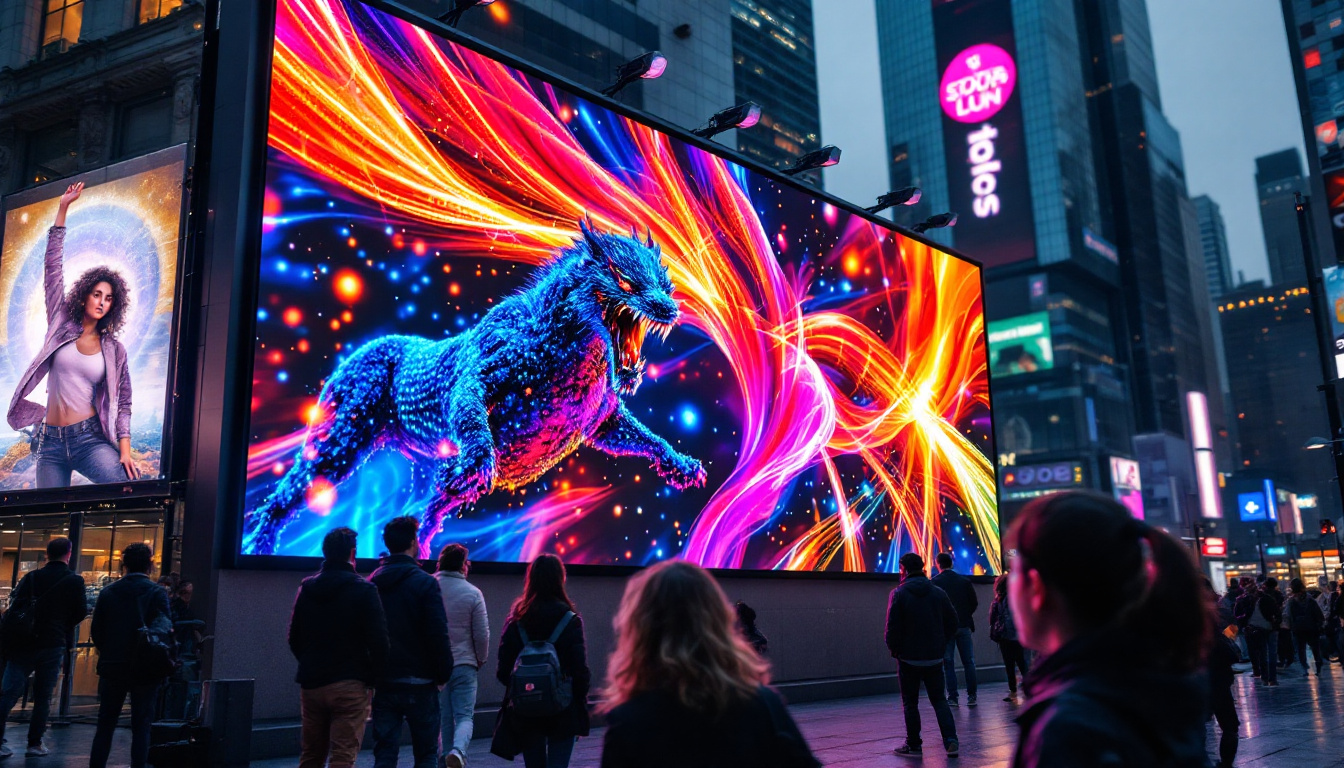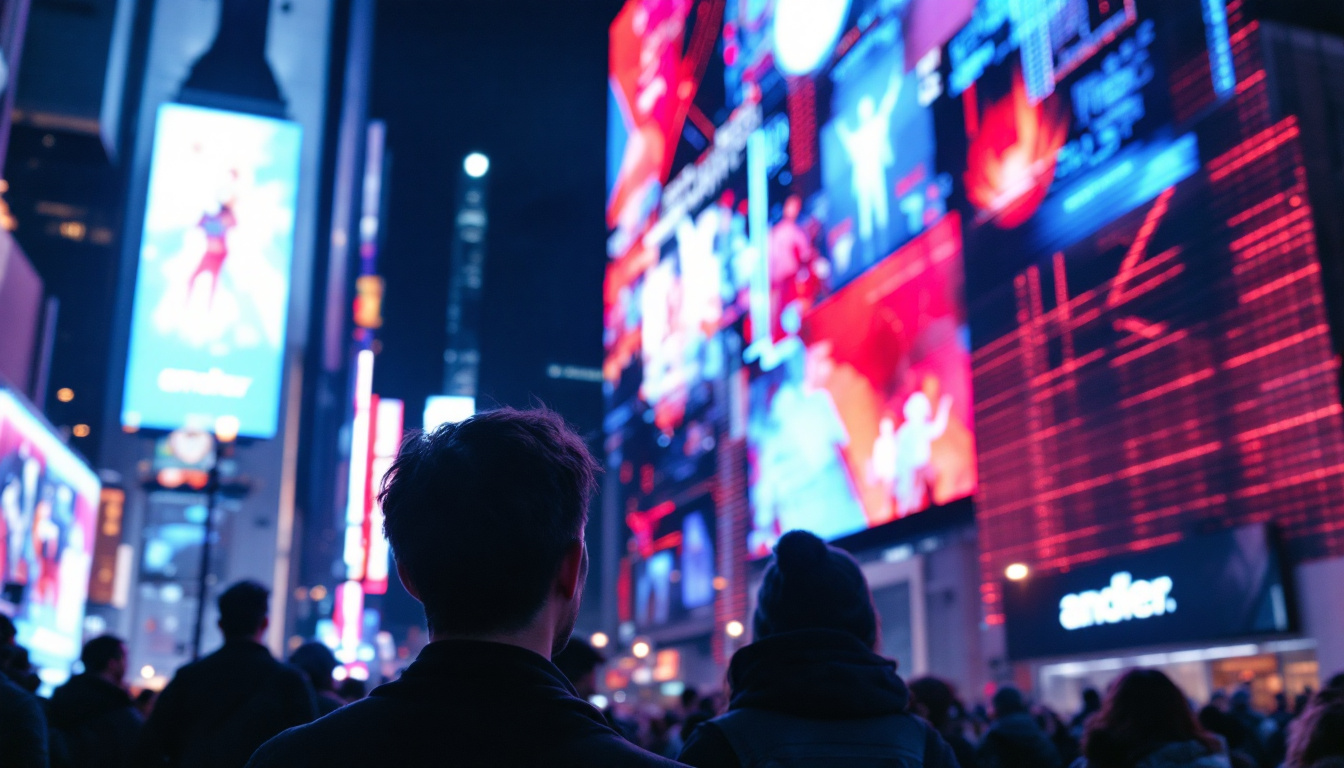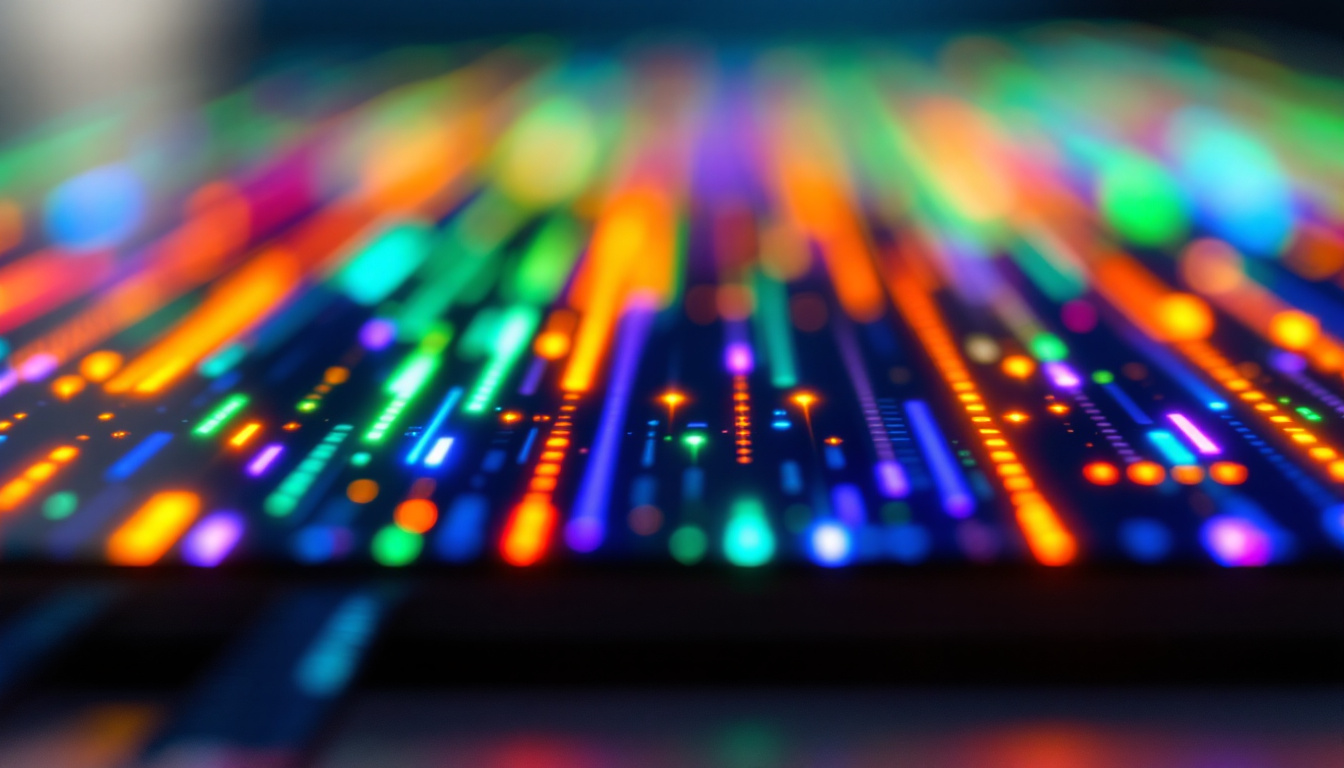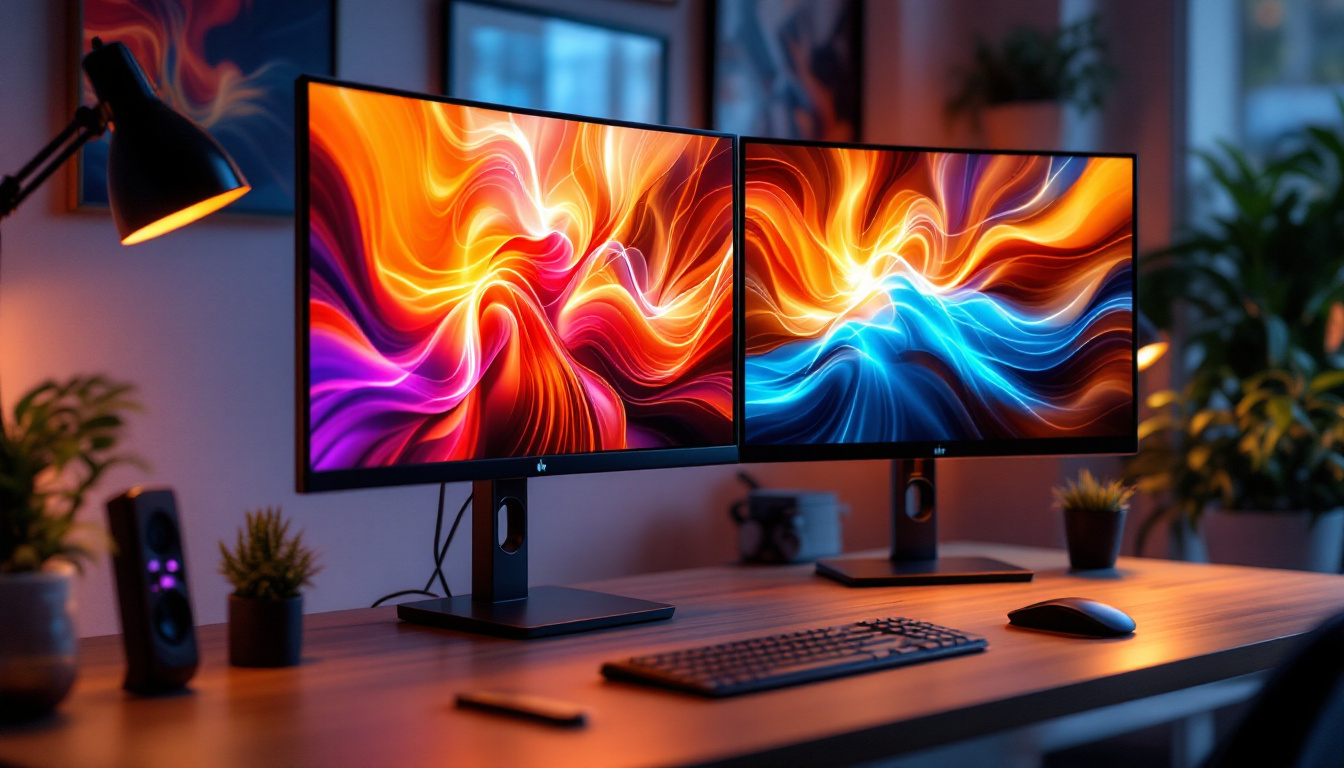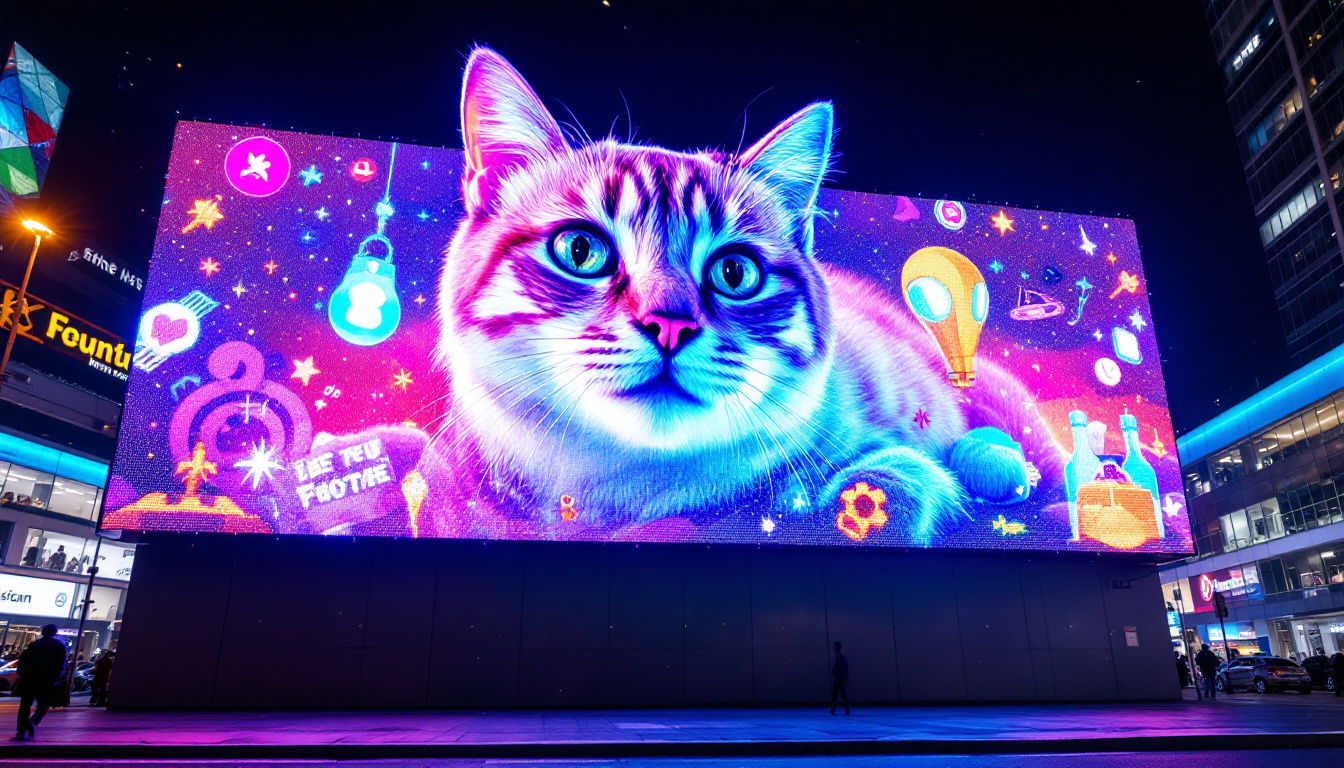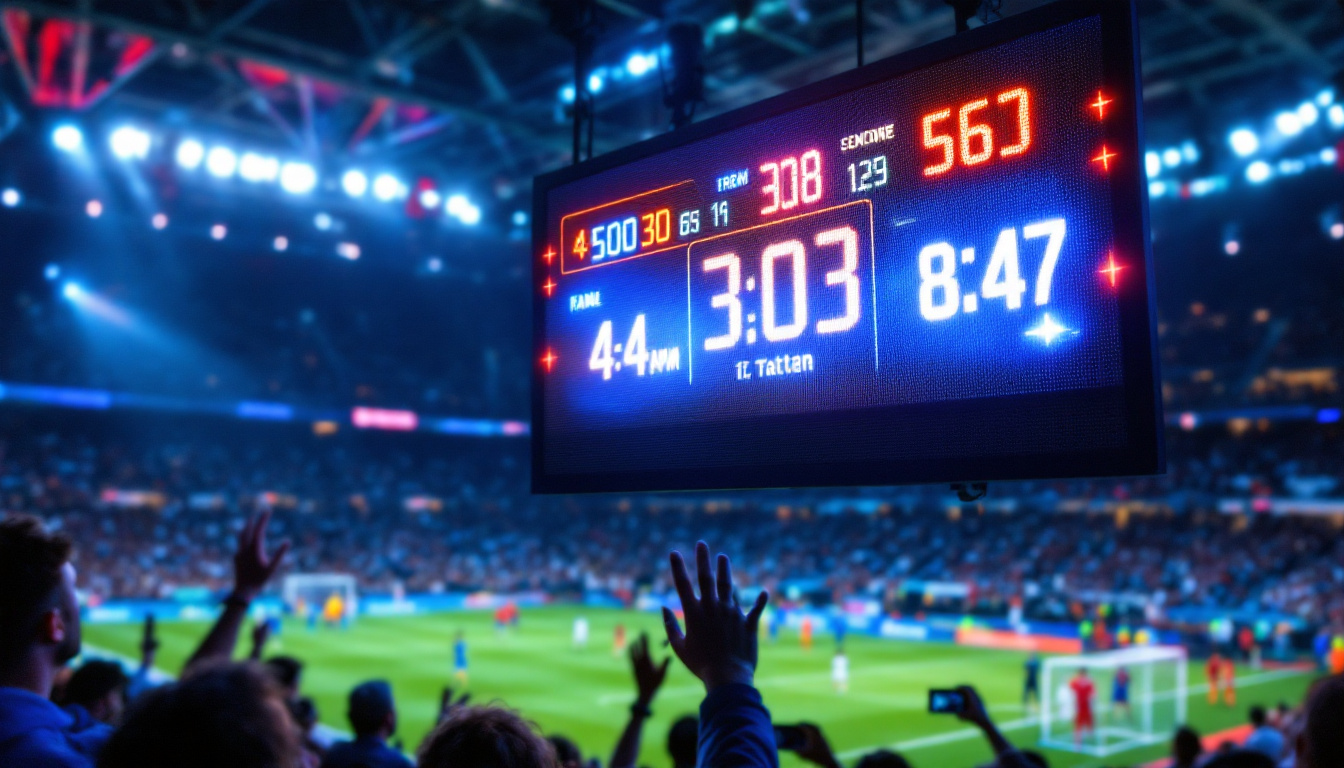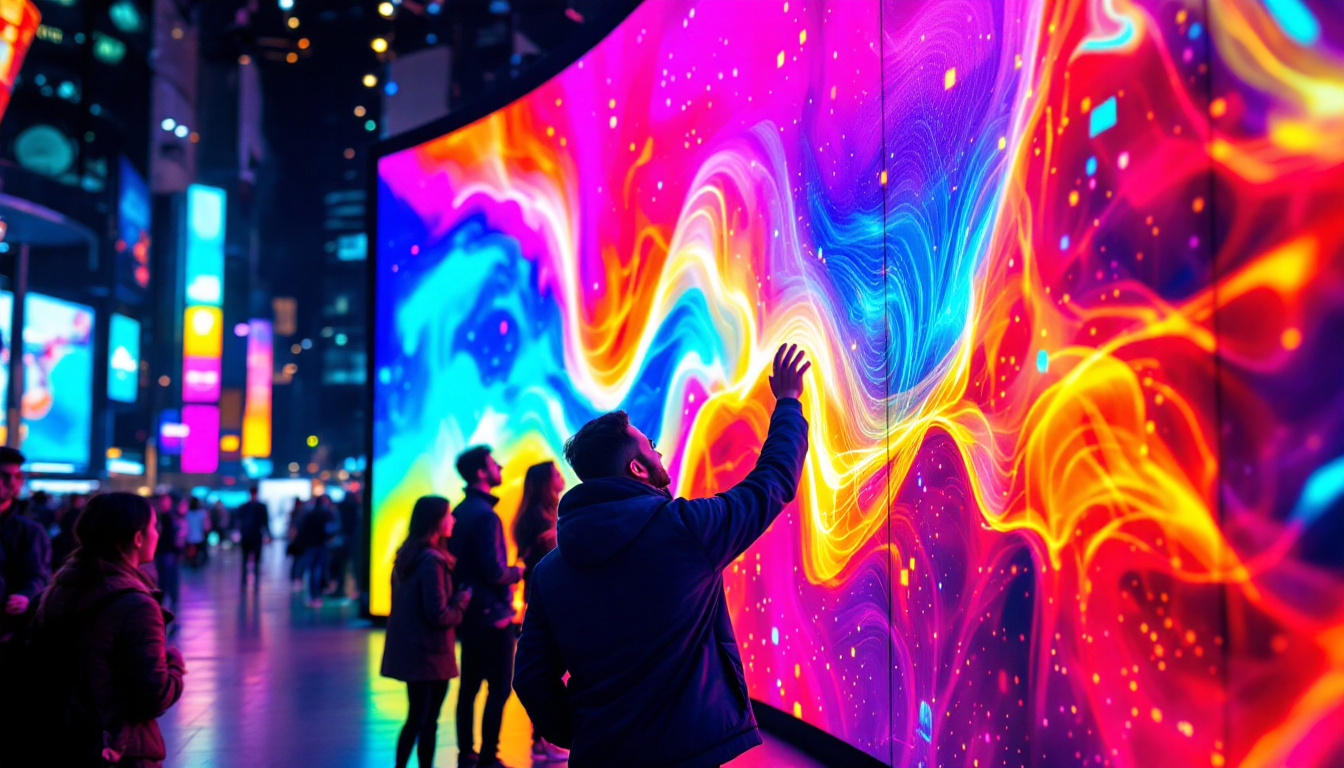In today’s digital age, LED displays have become an integral part of how information is communicated in classrooms, businesses, and public spaces. From vibrant digital billboards to interactive classroom boards, LED technology offers a dynamic and energy-efficient way to present content. This article delves into the fundamentals of LED displays, exploring their technology, types, applications, and the advantages that make them the preferred choice for modern visual communication.
Understanding LED Display Technology
LED, or Light Emitting Diode, displays are screens that use tiny light-emitting diodes as pixels to create images. Unlike traditional LCD or plasma screens, LED displays rely on these diodes to emit light directly, which results in brighter images and better contrast ratios.
Each LED is a semiconductor device that emits light when an electric current passes through it. By controlling the intensity and color of individual LEDs, the display can render detailed images and videos with high clarity. This technology is scalable, allowing for small displays like digital watches or massive installations such as stadium screens.
How LEDs Work in Displays
The core principle behind LED displays is the manipulation of red, green, and blue (RGB) LEDs to produce a full spectrum of colors. Each pixel on an LED display typically contains three sub-pixels—one red, one green, and one blue. By adjusting the brightness of each sub-pixel, the display can create millions of colors and deliver vivid, lifelike images.
Modern LED displays use surface-mounted device (SMD) technology, where tiny LEDs are mounted directly onto the display’s circuit board. This allows for higher pixel density and improved viewing angles, making the images sharp and clear even from different perspectives.
Types of LED Displays
LED displays come in various forms, each suited to different environments and purposes. Understanding these types helps in choosing the right display for specific needs, whether it’s for classroom teaching, advertising, or public information systems.
Indoor LED Displays
Indoor LED displays are designed for environments like classrooms, conference rooms, retail stores, and museums. These displays typically have a higher pixel density, meaning the LEDs are packed closer together to provide crisp images at shorter viewing distances. Indoor LED screens also have lower brightness levels compared to outdoor displays, which helps reduce eye strain in enclosed spaces.
In educational settings, indoor LED displays can replace traditional whiteboards or projectors, offering interactive capabilities and improved visibility. For example, a classroom LED panel can display high-resolution images, videos, and interactive content that enhances student engagement and learning outcomes.
Outdoor LED Displays
Outdoor LED displays are engineered to withstand harsh weather conditions and provide high brightness to combat sunlight glare. These are commonly used for billboards, sports arenas, transportation hubs, and public announcements. Outdoor LED screens have a lower pixel density than indoor ones because they are viewed from greater distances.
Durability is a key feature of outdoor LED displays. They are built with waterproof and dustproof enclosures, often rated with an IP65 or higher certification, ensuring reliable performance in rain, snow, or extreme heat. Their brightness can reach up to 6,000 nits or more, making them visible even in direct sunlight.
Transparent and Flexible LED Displays
Innovations in LED technology have led to the development of transparent and flexible LED displays. Transparent LED panels allow light to pass through, making them ideal for glass walls, retail storefronts, and architectural installations. These displays maintain visibility both inside and outside, creating eye-catching visual effects without blocking natural light.
Flexible LED displays, on the other hand, can bend and curve around surfaces, opening new possibilities for creative design in advertising, exhibitions, and interior decoration. Their lightweight and adaptable nature make them suitable for installations where traditional rigid screens would be impractical.
Applications of LED Displays in Education
LED displays are transforming educational environments by offering versatile and interactive tools that enhance teaching and learning experiences. Their ability to present multimedia content clearly and dynamically makes them a valuable asset in modern classrooms.
Interactive Learning and Collaboration
Interactive LED displays enable teachers and students to engage with content in real-time. Touch-enabled LED panels allow for direct interaction, such as annotating text, solving problems, or navigating through presentations. This hands-on approach fosters collaboration and active participation, which are critical for effective learning.
Studies have shown that classrooms equipped with interactive displays see a significant increase in student engagement and retention. According to a 2022 report by the Education Technology Research Group, schools utilizing interactive LED boards experienced a 30% improvement in student performance on standardized tests compared to traditional teaching methods.
Enhanced Visual Communication
LED displays provide superior image quality with vibrant colors and high contrast, making it easier for students to see and understand complex diagrams, videos, and animations. This visual clarity is especially beneficial for subjects like science, geography, and art, where detailed imagery supports comprehension.
Moreover, LED technology supports a wide range of multimedia formats, enabling educators to incorporate videos, slideshows, and interactive simulations seamlessly into lessons. This multimedia integration caters to different learning styles and keeps students engaged.
Energy Efficiency and Sustainability
Educational institutions are increasingly prioritizing sustainability, and LED displays contribute to this goal by consuming significantly less energy than traditional projection systems or fluorescent lighting. LEDs are known for their long lifespan—often exceeding 50,000 hours—which reduces maintenance costs and waste.
By adopting LED technology, schools can lower their carbon footprint while benefiting from reliable and cost-effective display solutions. This aligns with global efforts to promote green technologies in education and public infrastructure.
Advantages of LED Displays Over Other Technologies
When compared to other display technologies like LCD, OLED, or projection systems, LED displays offer several distinct advantages that make them a preferred choice in many applications.
Brightness and Visibility
LED displays produce their own light, allowing for much higher brightness levels than LCD screens, which rely on backlighting. This makes LED displays ideal for environments with ambient light or outdoor settings where visibility is critical.
For example, an LED display with a brightness of 1,000 nits or more can be easily seen in a brightly lit classroom, whereas a typical LCD monitor might struggle under the same conditions. This enhanced visibility ensures that information is accessible to all viewers, regardless of lighting.
Durability and Longevity
LEDs are solid-state devices with no fragile components like glass tubes or filaments, making them more resistant to shock and vibration. Their long operational life means fewer replacements and less downtime, which is particularly important in commercial and educational settings where displays are in constant use.
Additionally, LED displays are less susceptible to screen burn-in—a common issue with OLED and plasma screens—ensuring consistent image quality over time.
Energy Efficiency and Cost Savings
LED technology is highly energy-efficient, converting a greater proportion of electrical energy into light rather than heat. This efficiency translates into lower electricity bills and reduced cooling requirements, especially for large-scale installations.
Over the lifespan of an LED display, these energy savings can be substantial. A 2023 study by the International Energy Agency highlighted that switching to LED displays in public spaces could reduce energy consumption by up to 40% compared to older display technologies.
Design Flexibility
The modular nature of LED displays allows for custom sizes and shapes, enabling designers to create unique visual experiences tailored to specific environments. Whether it’s a curved LED wall in a museum or a massive video screen at a sports stadium, LED technology offers unparalleled versatility.
This flexibility extends to pixel pitch—the distance between individual LEDs—allowing for ultra-high-resolution displays for close viewing or large-pitch displays for distant audiences.
Choosing the Right LED Display for Your Needs
Selecting an LED display involves considering several factors to ensure it meets the specific requirements of the intended application. Making an informed choice maximizes the benefits and ensures a worthwhile investment.
Pixel Pitch and Resolution
Pixel pitch is a critical specification that defines the distance between the centers of adjacent LEDs. A smaller pixel pitch means higher resolution and sharper images, which is essential for close viewing distances, such as in classrooms or conference rooms.
For outdoor or large venue displays viewed from afar, a larger pixel pitch is acceptable and more cost-effective. For example, a classroom LED display might have a pixel pitch of 1.5mm to 2.5mm, while an outdoor billboard could have a pixel pitch of 10mm or more.
Brightness and Viewing Environment
Consider the ambient lighting conditions where the display will be installed. Indoor displays generally require brightness levels between 800 and 1,500 nits, whereas outdoor displays may need 5,000 nits or higher to remain visible in direct sunlight.
Additionally, viewing angles are important to ensure the image quality remains consistent for all viewers. High-quality LED displays offer wide viewing angles, often up to 160 degrees horizontally and vertically.
Size and Installation
The physical size of the LED display should align with the space available and the typical viewing distance. Larger displays are better for bigger rooms or auditoriums, while smaller panels suit compact classrooms or meeting rooms.
Installation considerations include mounting options, power supply, and ventilation. Professional installation ensures optimal performance and longevity of the display.
Budget and Maintenance
While LED displays can have a higher upfront cost compared to traditional projectors or LCD screens, their durability and energy savings often result in lower total cost of ownership over time. It’s important to factor in maintenance costs, warranty, and support services when making a purchase decision.
The Future of LED Displays in Education and Beyond
As LED technology continues to evolve, its applications are expanding rapidly. Emerging trends such as microLED and miniLED promise even higher resolutions, improved color accuracy, and thinner form factors. These advancements will further enhance the educational experience and open new possibilities for digital signage and interactive displays.
Integration with artificial intelligence and augmented reality is also on the horizon, enabling personalized learning environments and immersive content delivery. For example, AI-powered LED displays could adapt content dynamically based on student engagement or provide real-time feedback during lessons.
Moreover, sustainability remains a key focus, with manufacturers developing eco-friendly materials and recycling programs to reduce environmental impact. As institutions prioritize green initiatives, LED displays will play a crucial role in achieving energy-efficient and sustainable educational infrastructure.
Conclusion
LED displays represent a powerful and versatile technology that is reshaping how information is presented and consumed in classrooms and beyond. Their superior brightness, durability, energy efficiency, and design flexibility make them an excellent choice for a wide range of applications.
By understanding the different types of LED displays, their advantages, and key selection criteria, educators and decision-makers can make informed choices that enhance learning environments and communication effectiveness. As technology advances, LED displays will continue to be at the forefront of visual innovation, driving engagement, collaboration, and sustainability in education and public spaces.
Discover LumenMatrix LED Display Solutions
Ready to elevate your educational or business environment with the latest in LED display technology? LumenMatrix is at the forefront of creating immersive and interactive visual experiences. From Indoor and Outdoor LED Wall Displays to innovative solutions like Vehicle LED Displays, LED Posters, and even Custom LED Displays, we have everything you need to transform your space. Embrace the future of visual communication with our All-in-One and Transparent LED Displays, designed to captivate and engage. Check out LumenMatrix LED Display Solutions today and see the difference cutting-edge technology can make.



